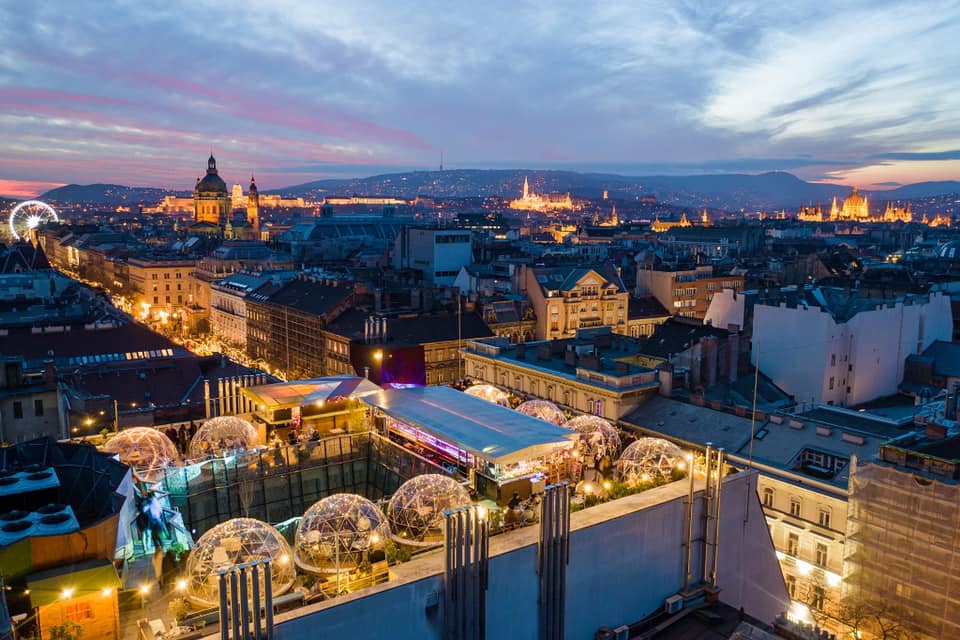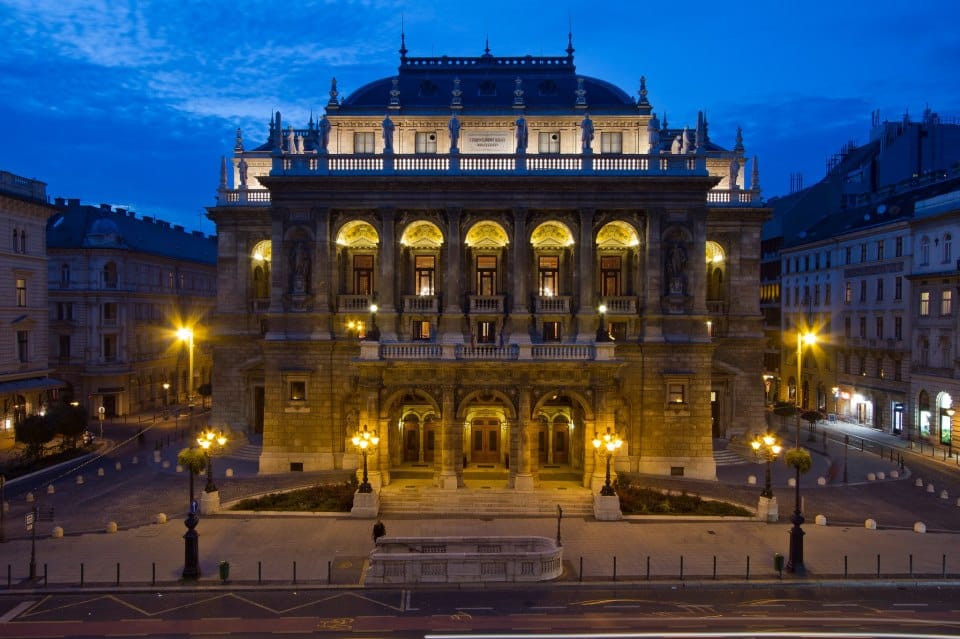Let’s explore Budapest’s Andrássy Avenue virtually – PHOTOS
As everyone is staying home amidst the coronavirus pandemic, the world is restoring itself. While nature is taking a breath, big cities appear a lot different compared to when they are packed with people.

Photo: Wikimedia Commons
Andrássy Avenue was initially built so Király Street would not be so busy. The Public Works Council of Budapest decided to build roads leading from the city centre of Pest to the outskirts of it in 1870. In 1872, the construction of what is now Andrássy Avenue began, and it was finished by 1884, and by 1885, all 115 buildings on the avenue were standing. Originally, the road was going to start by the Chain Bridge; however, it had to change its route because the construction of the Basilica had already started.
The road is separated into three parts. The first is filled with tall mansions, the second has two-to-three-storey houses, and the third bit has houses with gardens in a more breezy setting. These parts are separated by Oktogon and Kodály Circus.

Photo: https://www.facebook.com/hotelbenczur/photos/
The road has had name changes throughout history. Originally, it was called Sugár út (Avenue) until 1885, then named Andrássy Avenue from 1949-56, and then again from 1990 until the present day. Between 1956-90, it was called Népköztársaság útja (Avenue of the People’s Republic). The buildings on the road represent well these different decades in their various Neoclassicist and Neo-Renaissance styles.
The Opera had its time’s most advanced technologies, and it was the first theatre in the country to have an iron curtain and fire extinguishers.
There were cafés at the front of all the buildings all the way to Oktogon until World War II. Endre Ady’s base was also here, named Három Holló (Three Ravens). He is said to have had a separate space for him to create and write.
The first club, Somossy Orfeum, in Pest opened on Nagymező Street, nicknamed Pest’s Broadway, at the end of the 19th century. Nearby, many great and iconic places can be found as well, such as Arizona – called Hungarian Photographers’ House today –, Thália, or Moulin Rouge.
The Parisian Department Store, which was built in 1910, now gives home to an Alexandra bookstore and also hosts a literary café, while on the top floor, there is a Parisian Gallery and Artist Salon. 360 Bar opened on the roof of the building.

Photo: https://www.facebook.com/360barbudapest/
The infamous House of Terror can also be found at 60 Andrássy Avenue. The building now operates as a museum, which takes its visitors on a horrifying ride of what had happened there and also acts as a memorial of all those who fell victim to the dictatorships of the 20th century.
On the other side of the road, the old homes of Ferenc Liszt and Ferenc Erkel can be found, and a bit further down the street, after Kodály Circus, Zoltán Kodály’s old house is located. He used to live in building 87-89.
The last bit of the avenue goes all the way to Városliget (City Park). The houses that lace this part of the avenue are all built in Neo-Renaissance, Neo-Baroque, and Victorian styles. On the edge of Dózsa György Street stands another historical building, where Imre Nagy sought refuge on November 4, 1956. The building has unique Indian and Moresque features.

Photo: Wikimedia Commons

Read alsoBudapest turned into a ghost town amid pandemic – VIDEO

Read alsoLet’s explore Budapest’s Andrássy Avenue virtually – PHOTOS
Source: vjm.hu
please make a donation here
Hot news
Have the wages of manual workers skyrocketed in Hungary?
Orbán cabinet: ‘Witch hunt’ against Hungarian companies ongoing in Ukraine
What happened today in Hungary? – 22 April, 2024
New Hungarian president perfectly repeats the foreign policy guidelines of the Orbán cabinet
PM Orbán’s political director: EU now super state where independent viewpoints ‘are quashed’
Hungarian foreign minister: EU ‘preparing for world war’ in response to critical military situation in Ukraine






